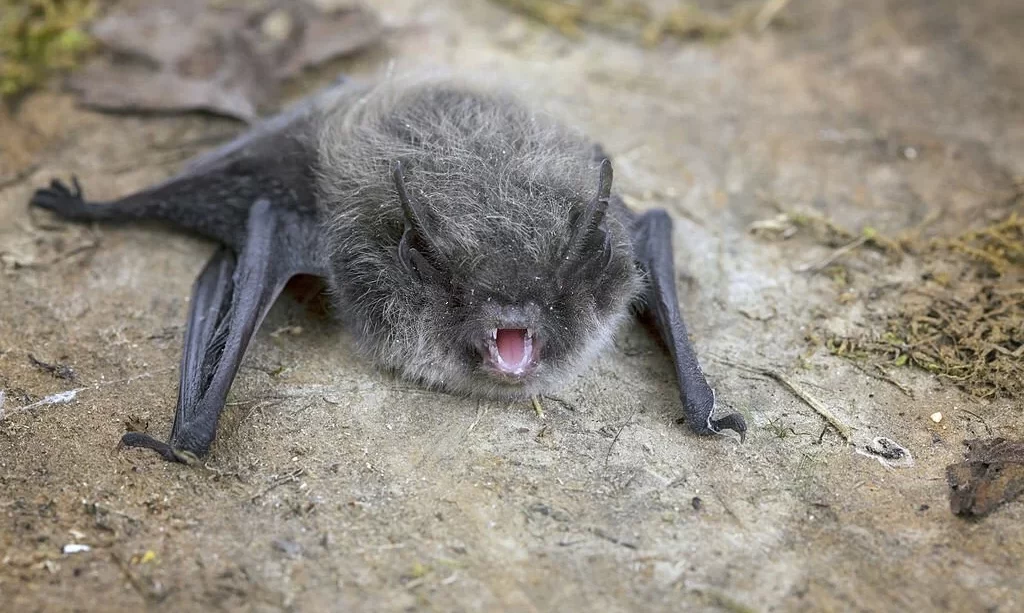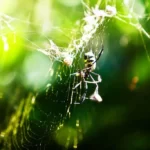Bats, those enigmatic and fascinating creatures of the night, have captured our imagination for centuries. Yet, much of their behavior remains veiled in mystery, including their dietary habits. In the realm of bat ecology, a common question that arises is whether bats are known to dine on bees. Unraveling the bat’s appetite and understanding its role in the ecosystem is vital for appreciating these elusive creatures. This article embarks on a journey to explore the intricacies of bat nutrition and the curious relationship between bats and bees.
Bat Dietary Diversity
Bats are renowned for their dietary diversity, which sets them apart as one of the most adaptable groups of mammals. These nocturnal aerial acrobats have evolved to consume a wide range of foods, including insects, fruits, nectar, and even small vertebrates. The adaptations that enable them to thrive on such a diverse diet are remarkable. Different bat species have honed their feeding behaviors and physical features to specialize in various food sources. As vital pollinators and insect controllers, bats play a significant role in shaping ecosystems.
Bee Consumption by Bats
When it comes to bee consumption, it’s essential to examine the potential benefits and drawbacks. Bees are a high-energy food source, making them a valuable component of certain bat diets. For some bat species, bees provide a readily available and nutritious meal. However, the challenge lies in dealing with the stinging defense mechanism of bees. Bees are equipped with a potent weapon to deter potential predators, and this poses risks for bats. Not all bat species are adapted to consuming bees, and it depends on various factors, including their geographic range and the availability of bee populations in their habitat. Understanding the dynamics of bee consumption by bats is essential to appreciate the complexities of bat ecology.
Bat Adaptations for Bee Consumption
Bats that include bees in their diet have developed unique adaptations to tackle the challenges posed by these tiny yet formidable insects. Specialized hunting techniques, such as stealthy approaches and precise strikes, allow them to capture bees effectively. Additionally, their echolocation abilities, honed over millions of years, enable them to pinpoint their prey with remarkable accuracy. Some bat species even possess immune systems that can tolerate the venom of bee stings, reducing the risks associated with bee consumption. These adaptations showcase the remarkable diversity of bat species and the intricacies of their coevolution with their prey.
Risks and Benefits of Bee Consumption for Bats
While bee consumption offers benefits in terms of high-energy food, it comes with its share of risks, primarily the defensive behavior of bees. Bees, equipped with stingers and the propensity to swarm, can pose threats to bats. For bats that have evolved to consume bees, managing these risks is essential. The benefits of bees as a food source, including their nutritional value and abundance in specific ecosystems, have driven the evolution of specific adaptations in bat species. Understanding the balance between risks and benefits sheds light on the coexistence between bats and bees.
Conservation and Coexistence
Bats, with their roles as pollinators and insect controllers, play a vital part in our ecosystems. Conservation efforts are crucial to protect these remarkable creatures, as their populations are increasingly threatened. Supporting their conservation involves the responsible management of bat habitats, such as providing bat houses and safeguarding their roosts. Coexistence strategies are equally vital, as harmonious interactions between bees, bats, and humans are key to maintaining the balance of ecosystems. Promoting responsible beekeeping practices and minimizing conflicts between bees and bat species that rely on them is paramount for safeguarding both pollinators and their bat counterparts.
Conclusion
In conclusion, the enigmatic relationship between bats and bees offers a captivating glimpse into the intricate world of bat ecology. Bats are not only masters of dietary diversity but also exemplars of adaptation to the challenges posed by their chosen prey. While bee consumption by bats presents both risks and benefits, it highlights the intricate balance of nature. As we endeavor to conserve these remarkable creatures and support their coexistence with bees, we gain a deeper appreciation for the critical roles bats play in pollination and pest control within our ecosystems. Understanding and celebrating the complexities of bat dietary habits enriches our awareness of the natural world and our role in its preservation.



